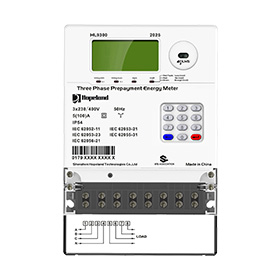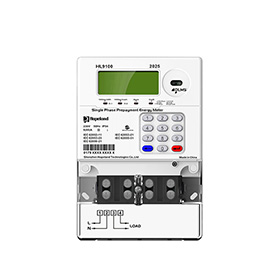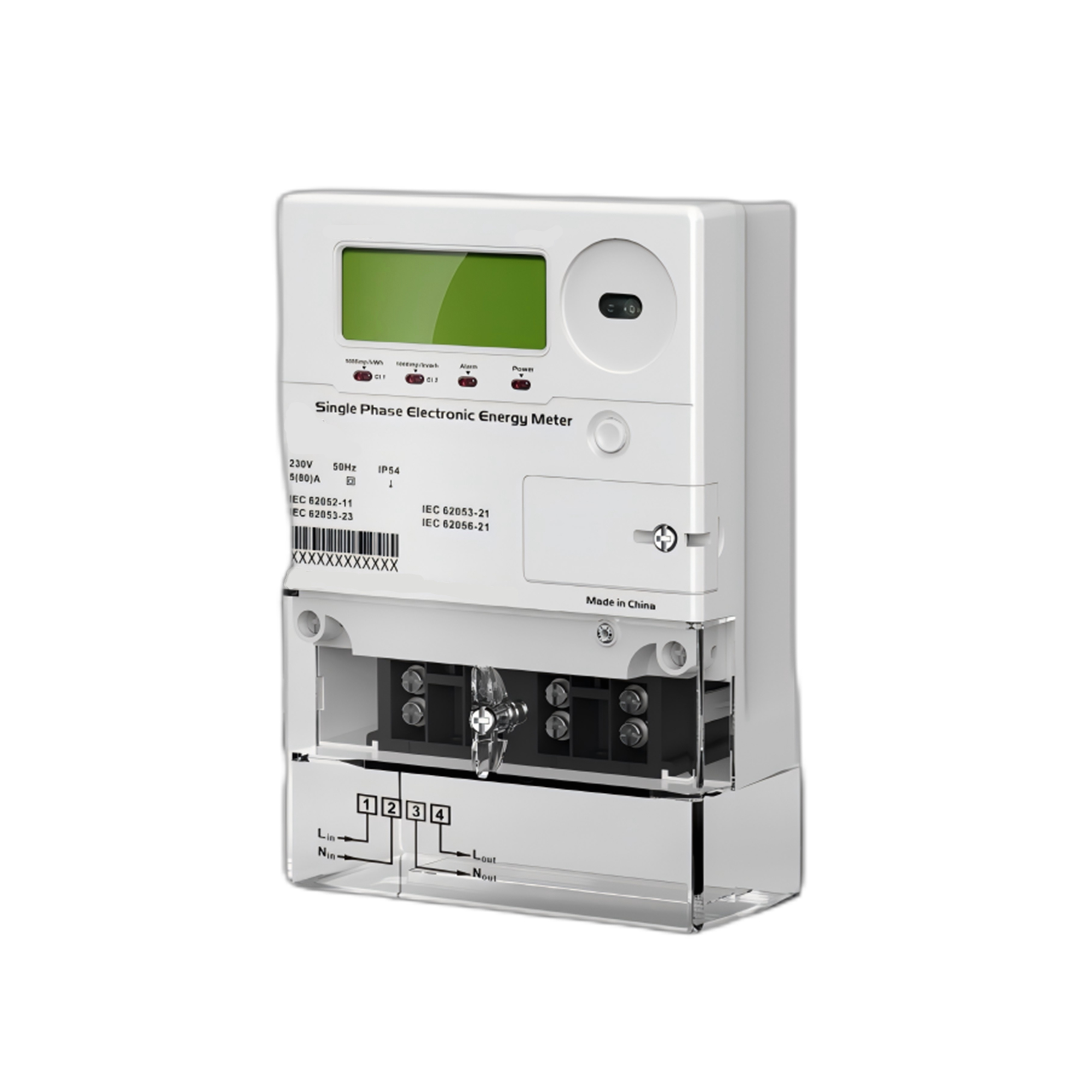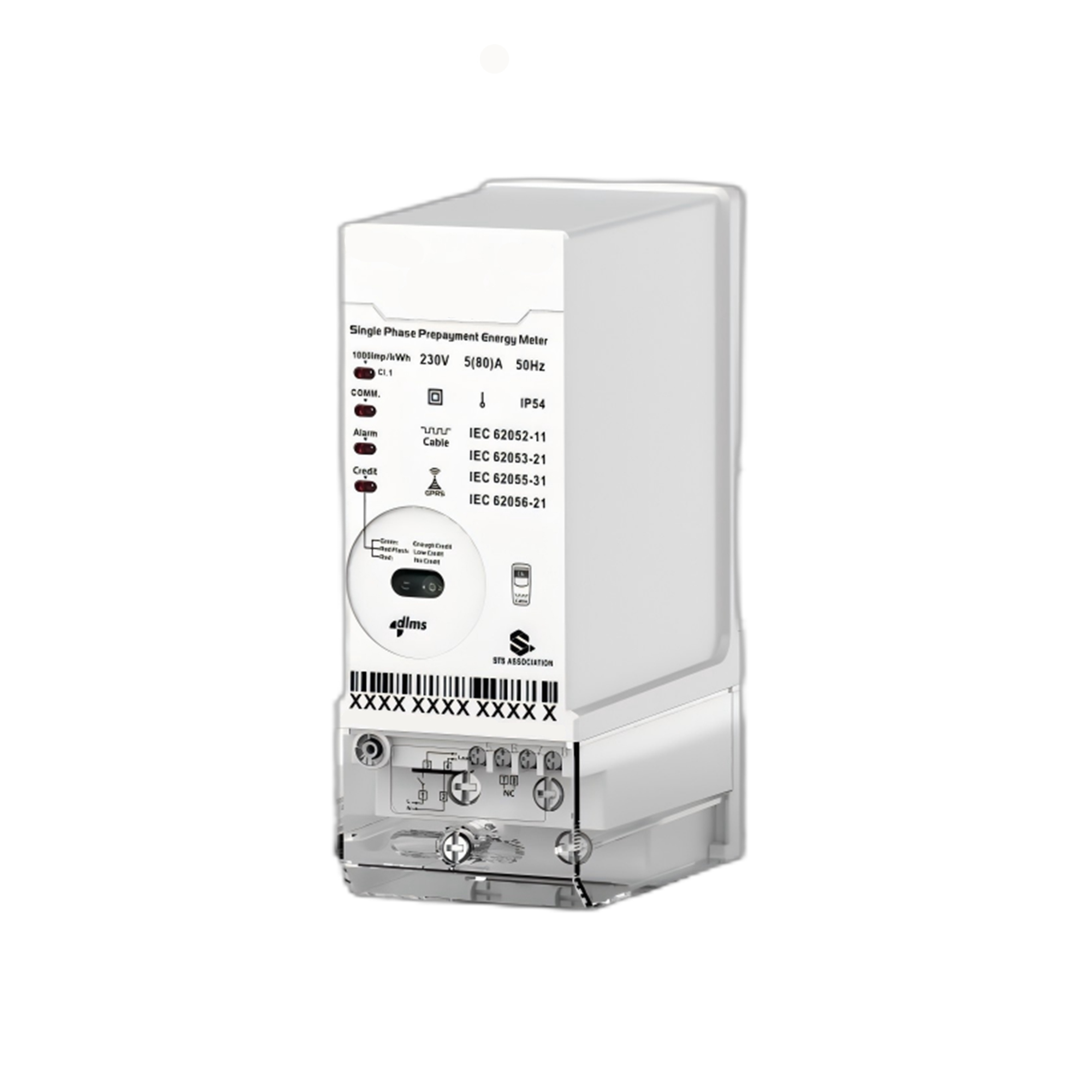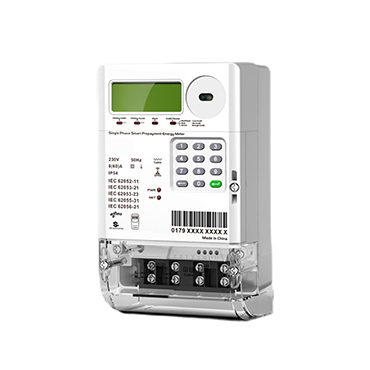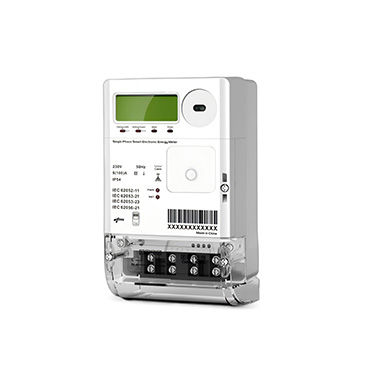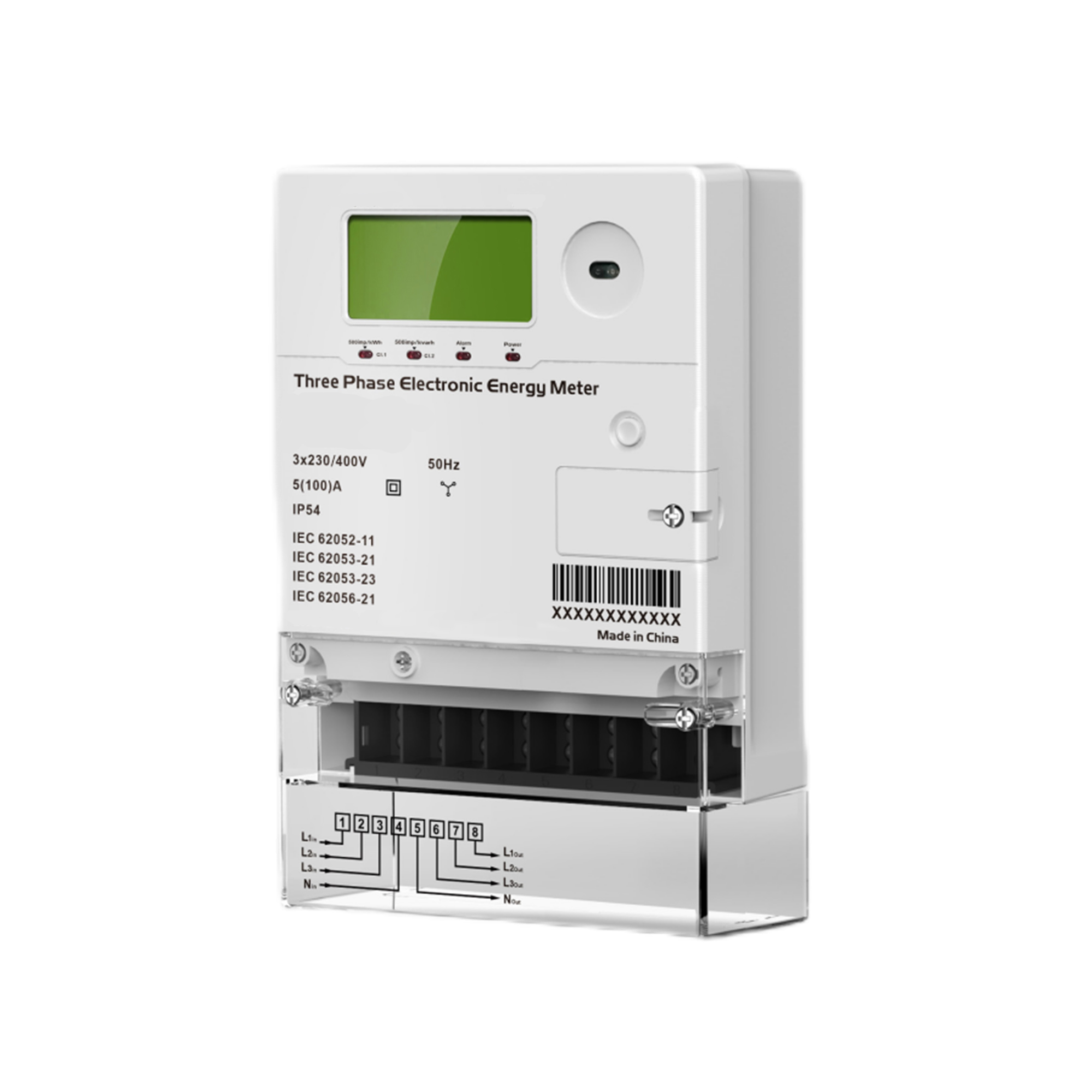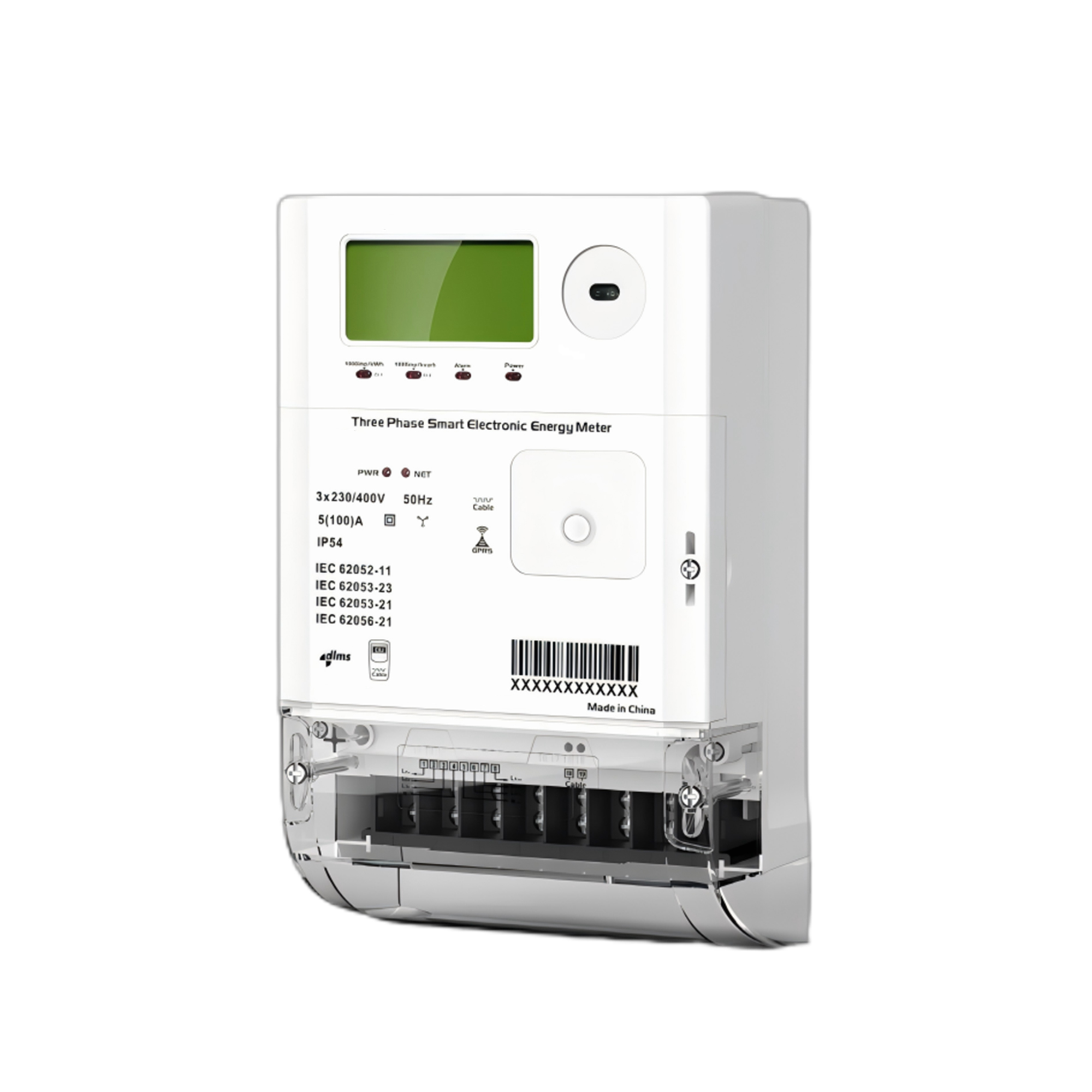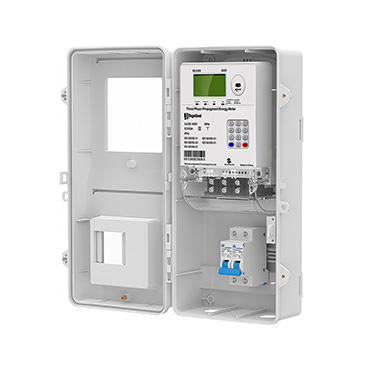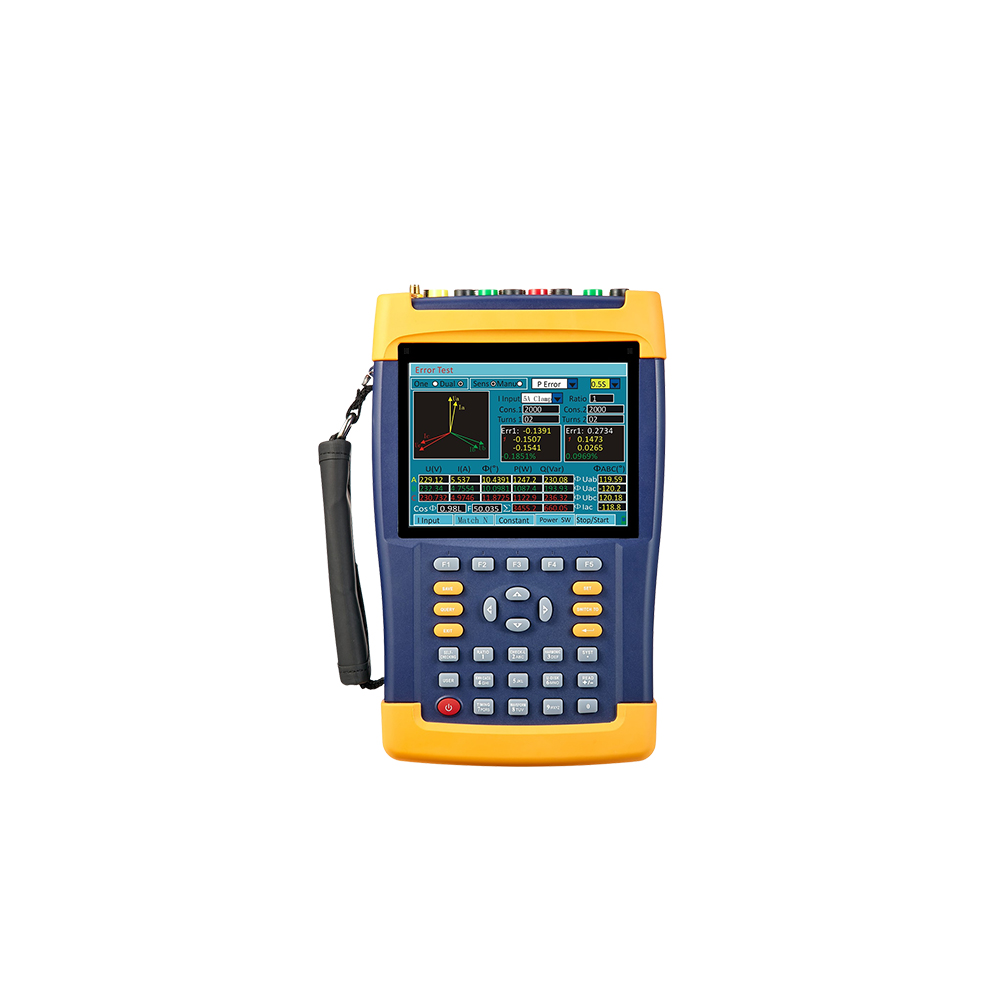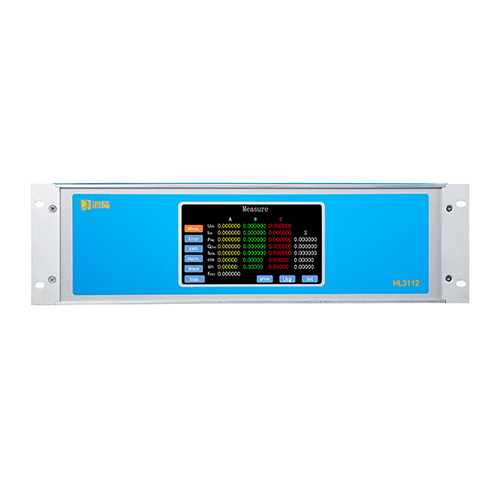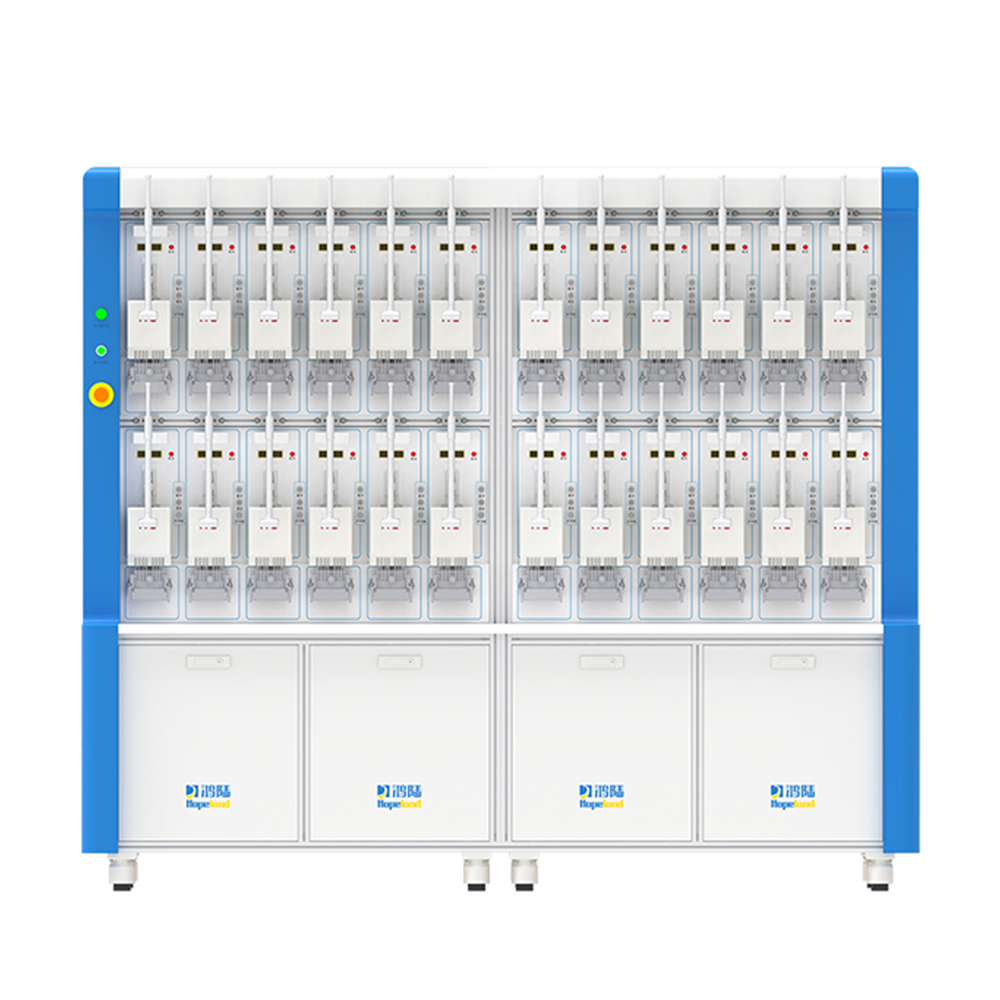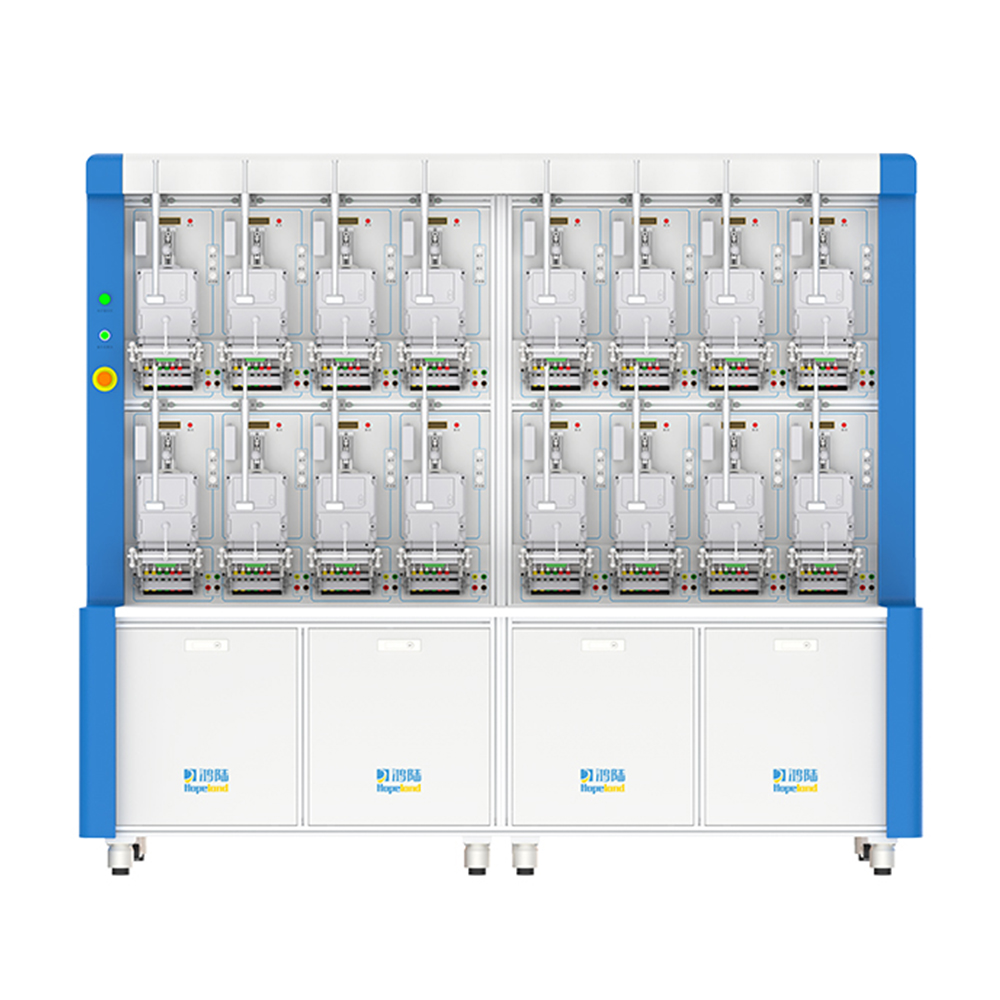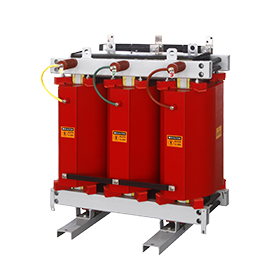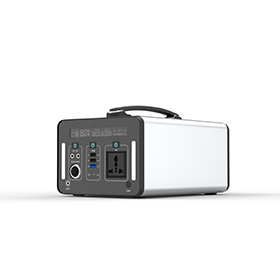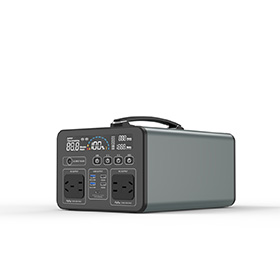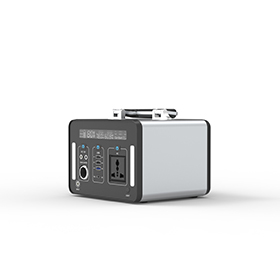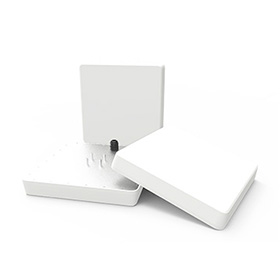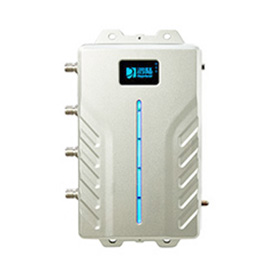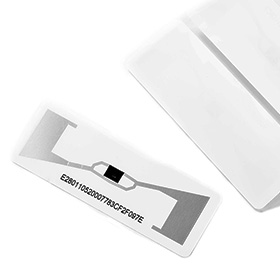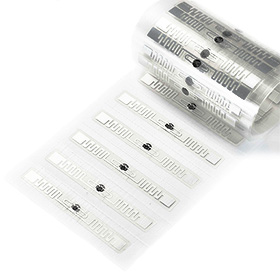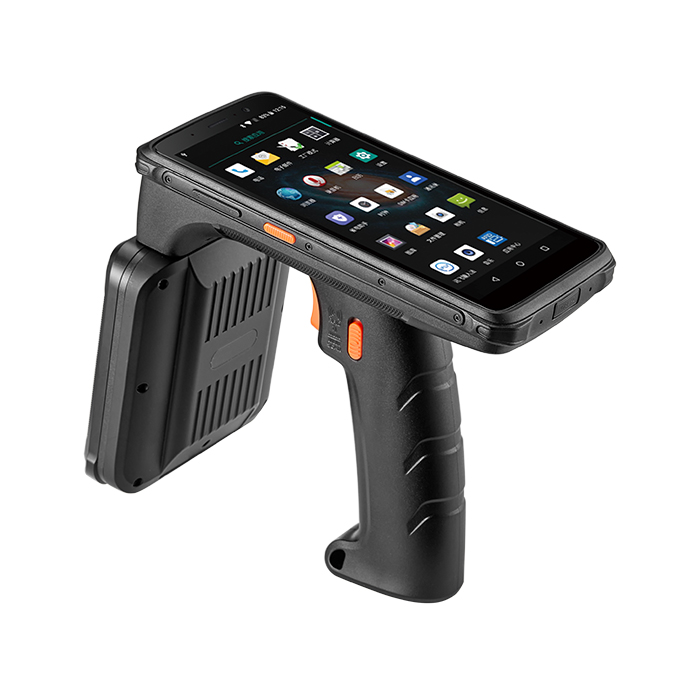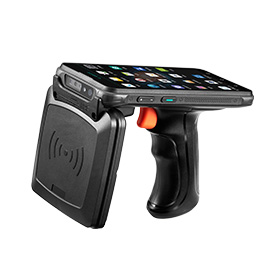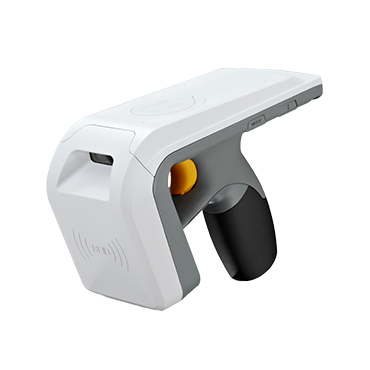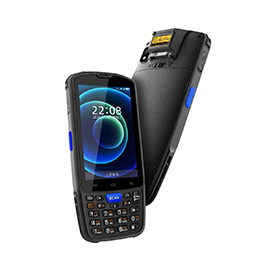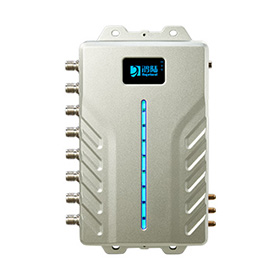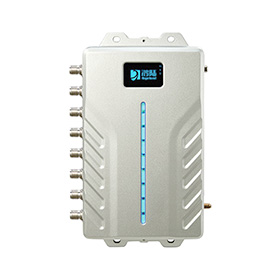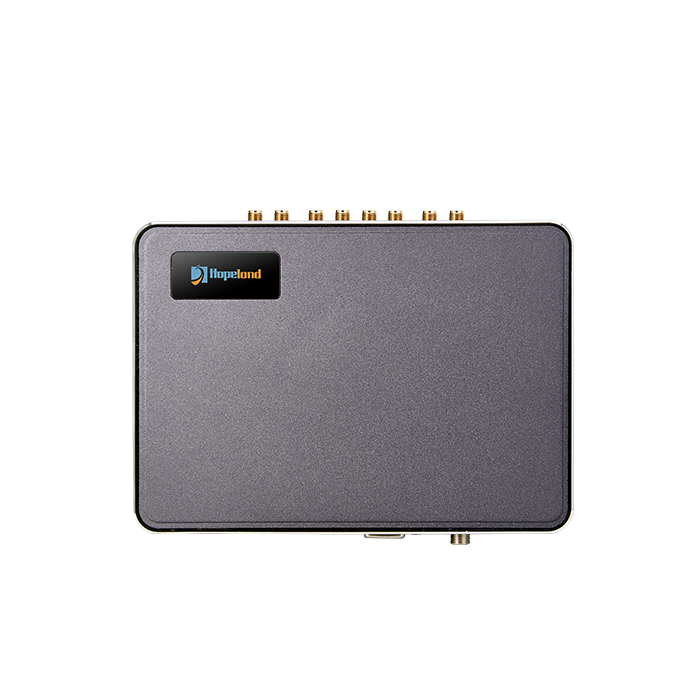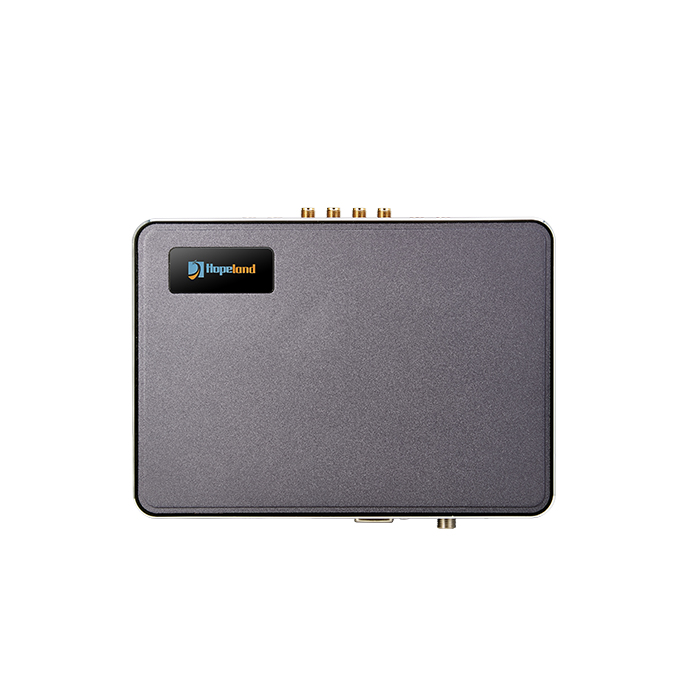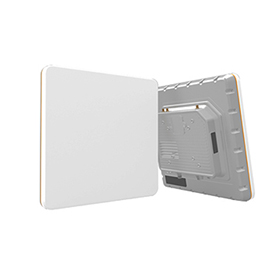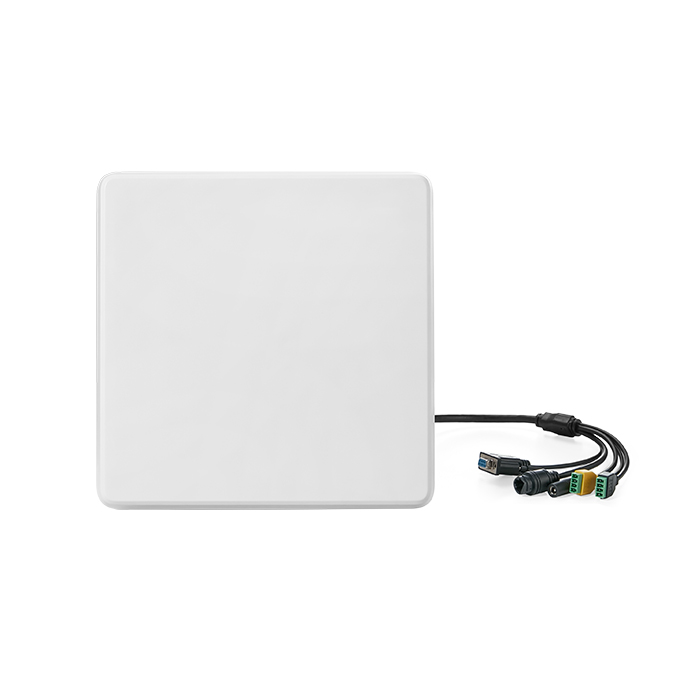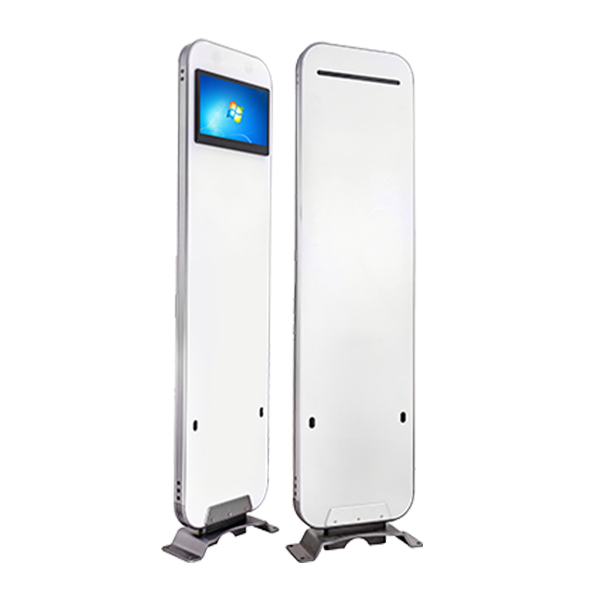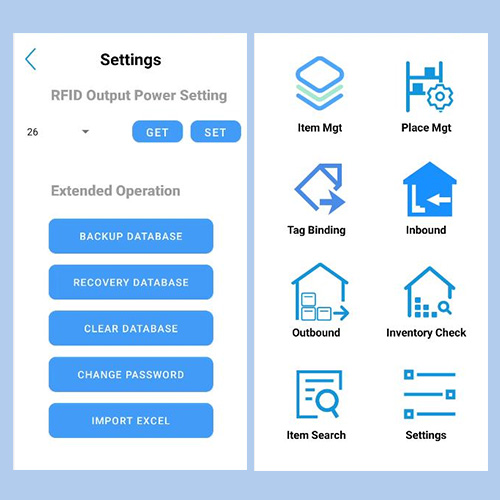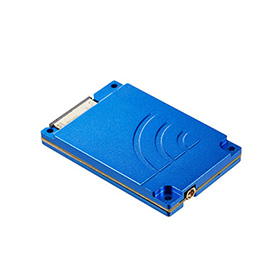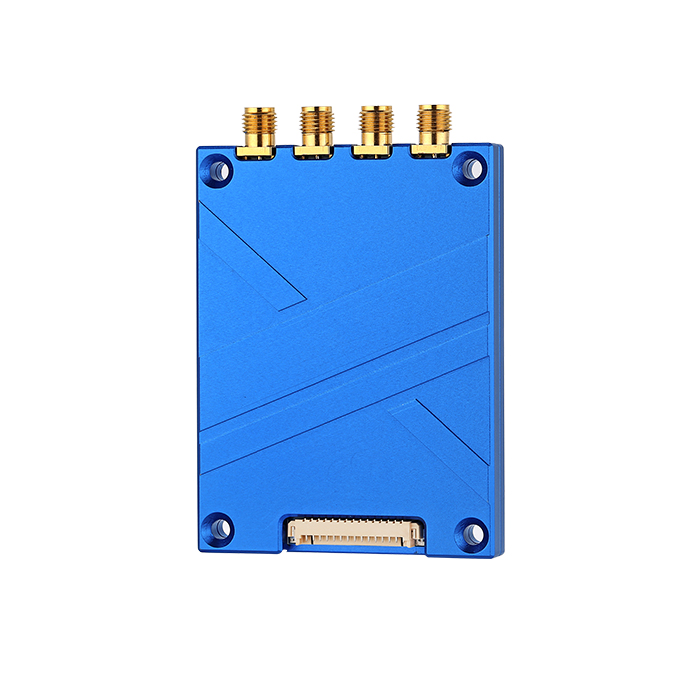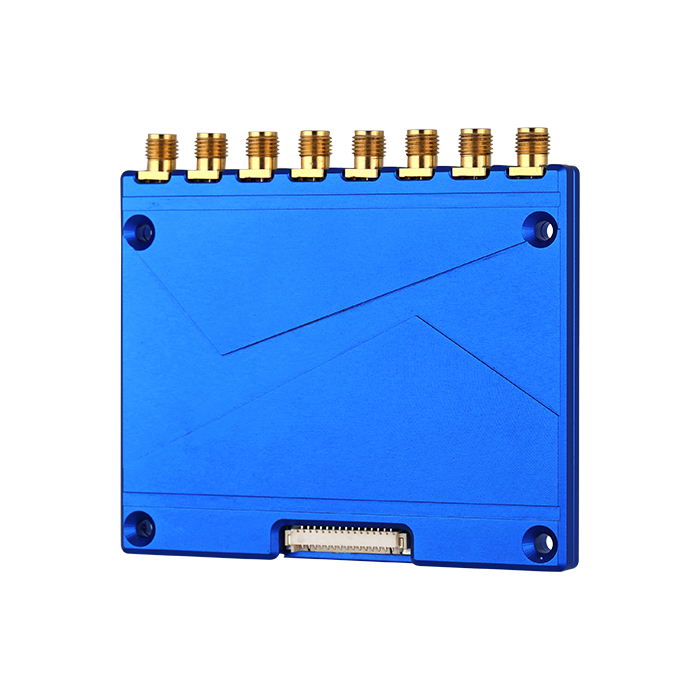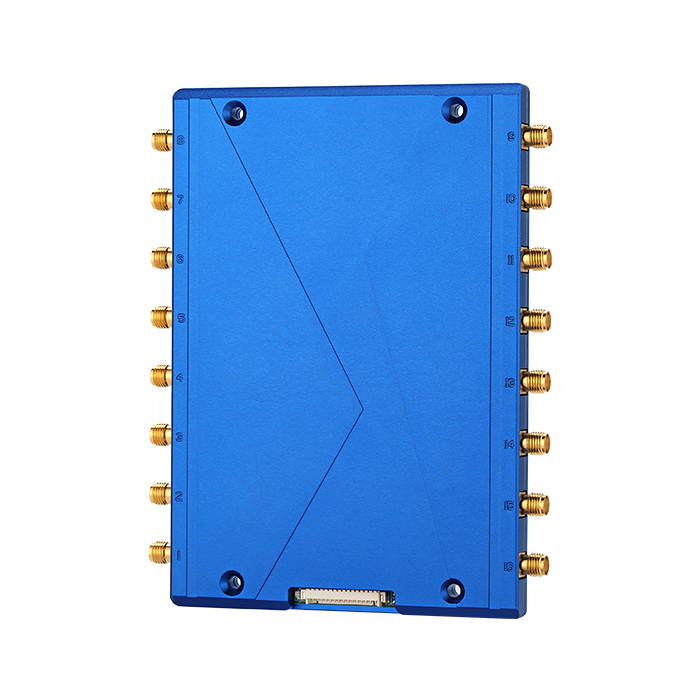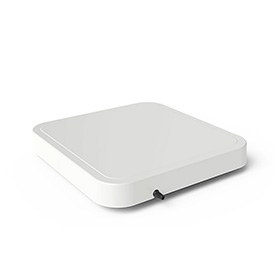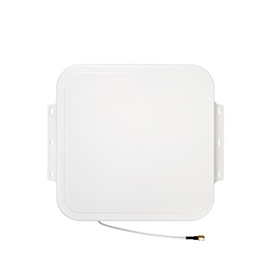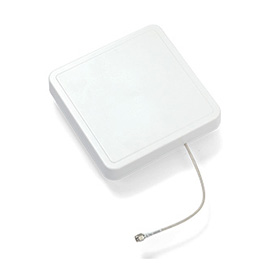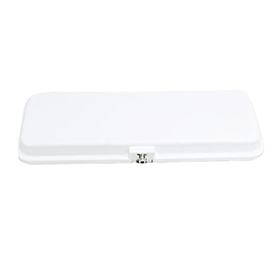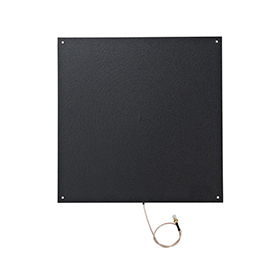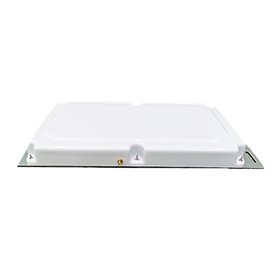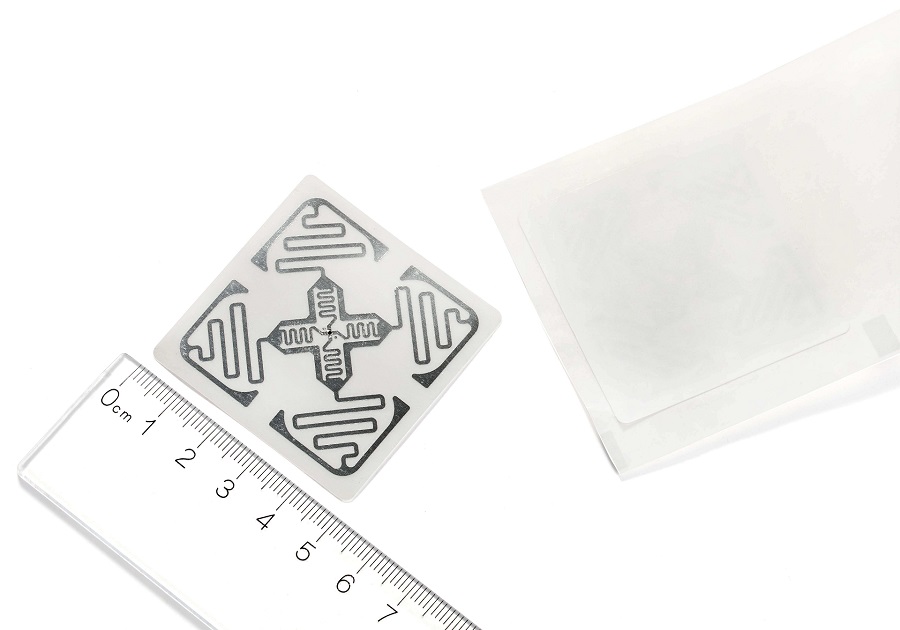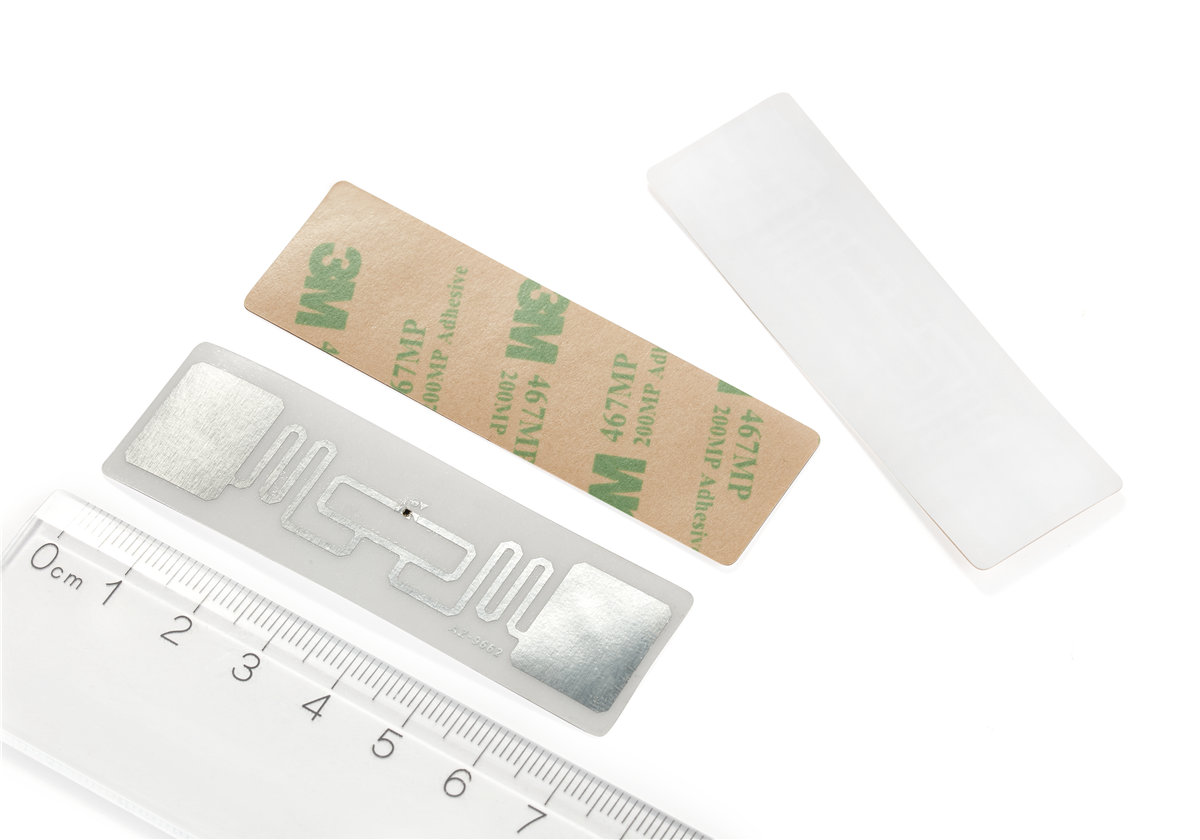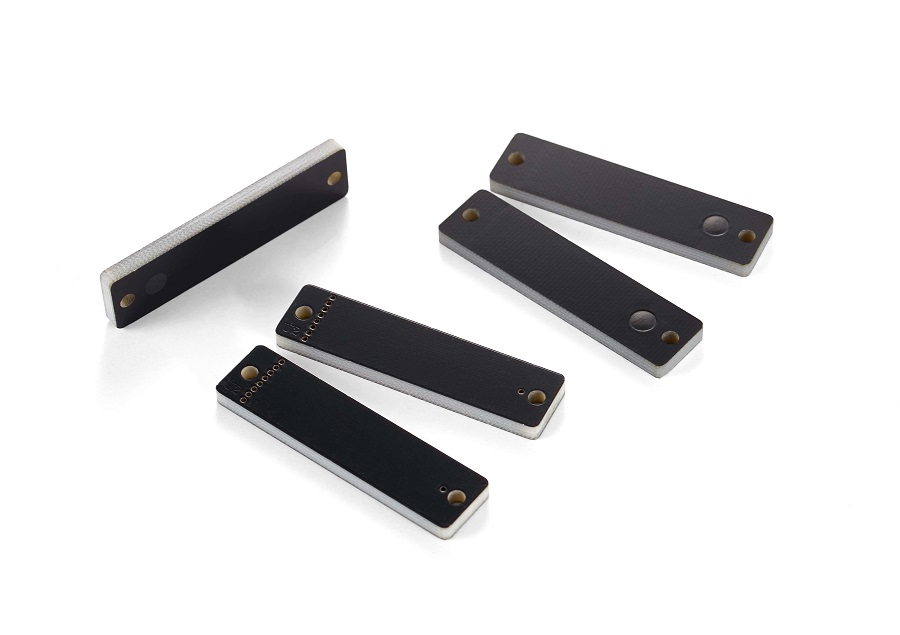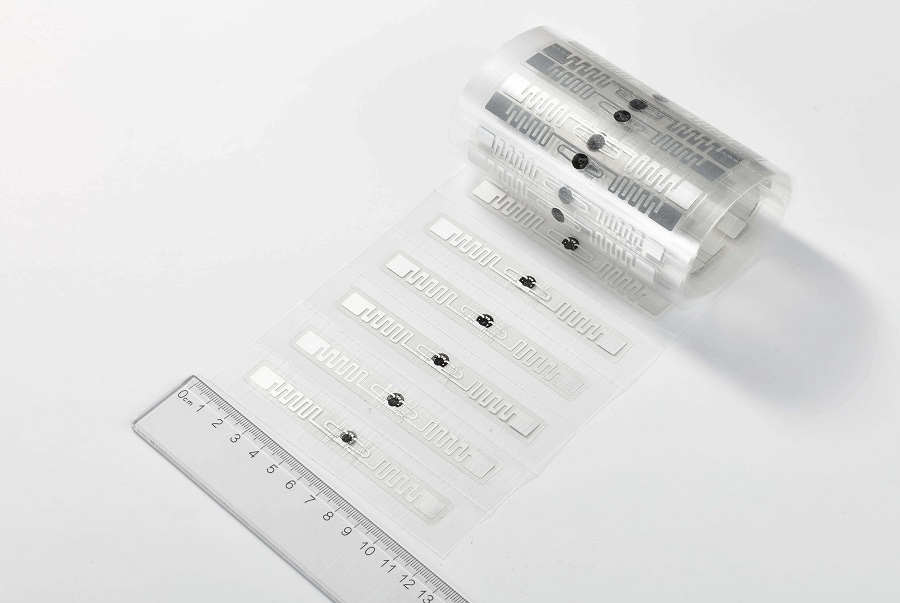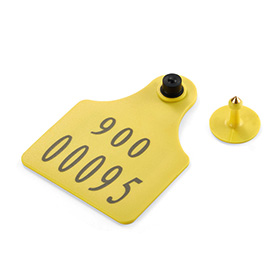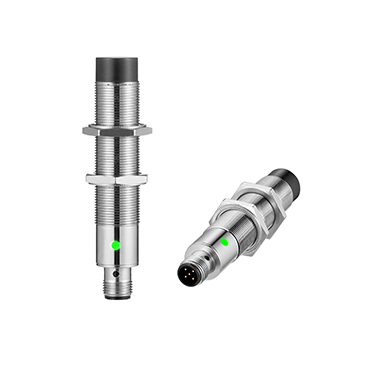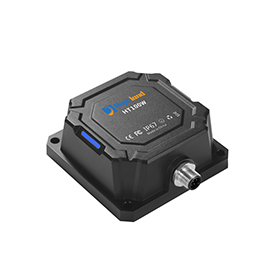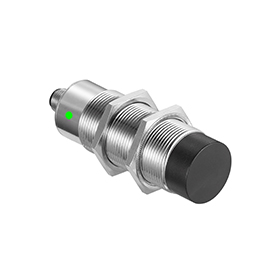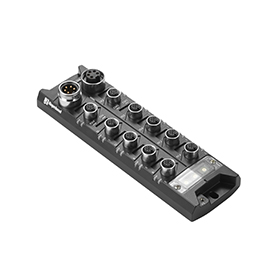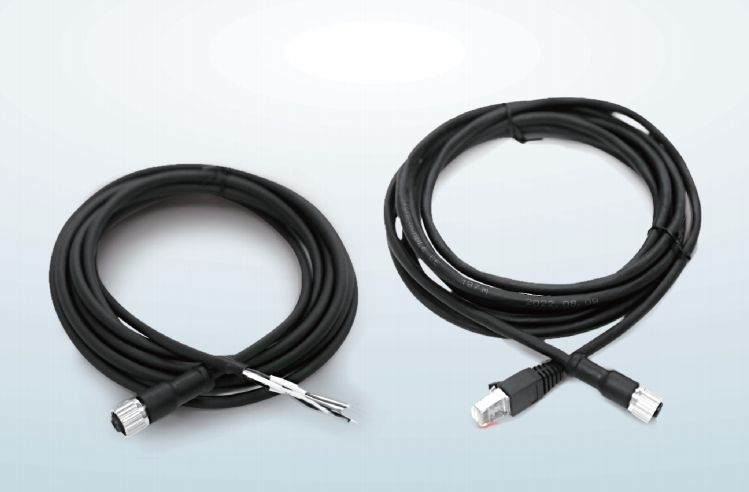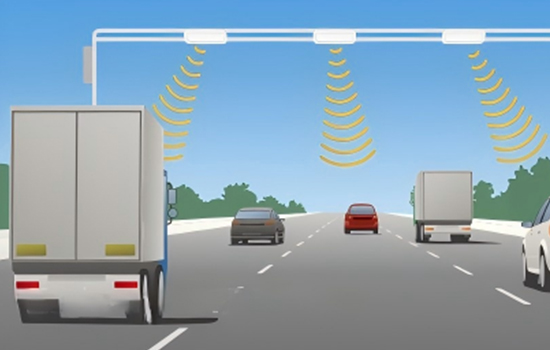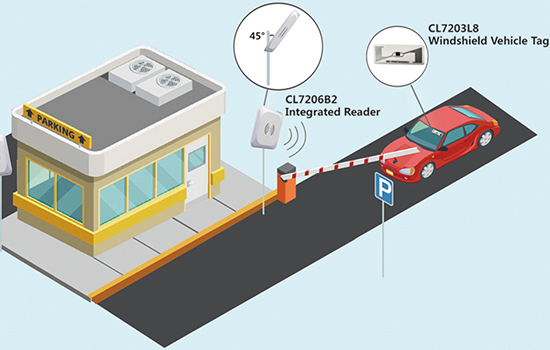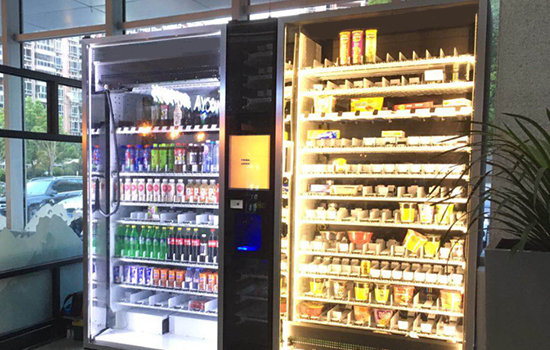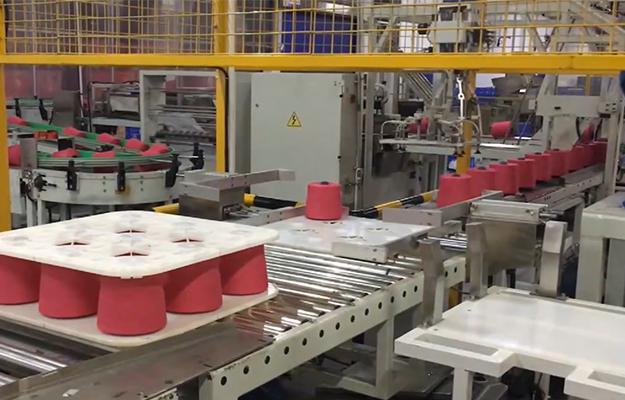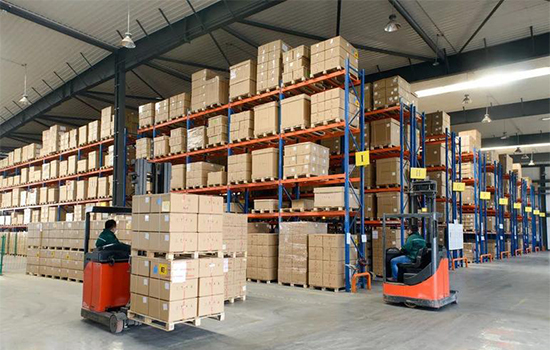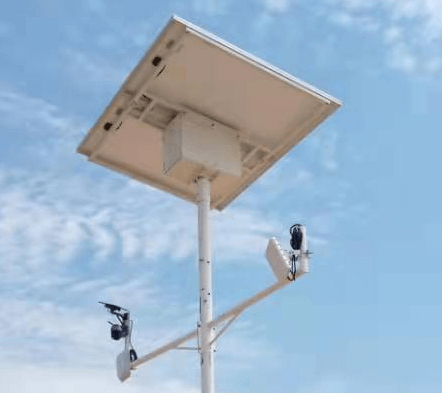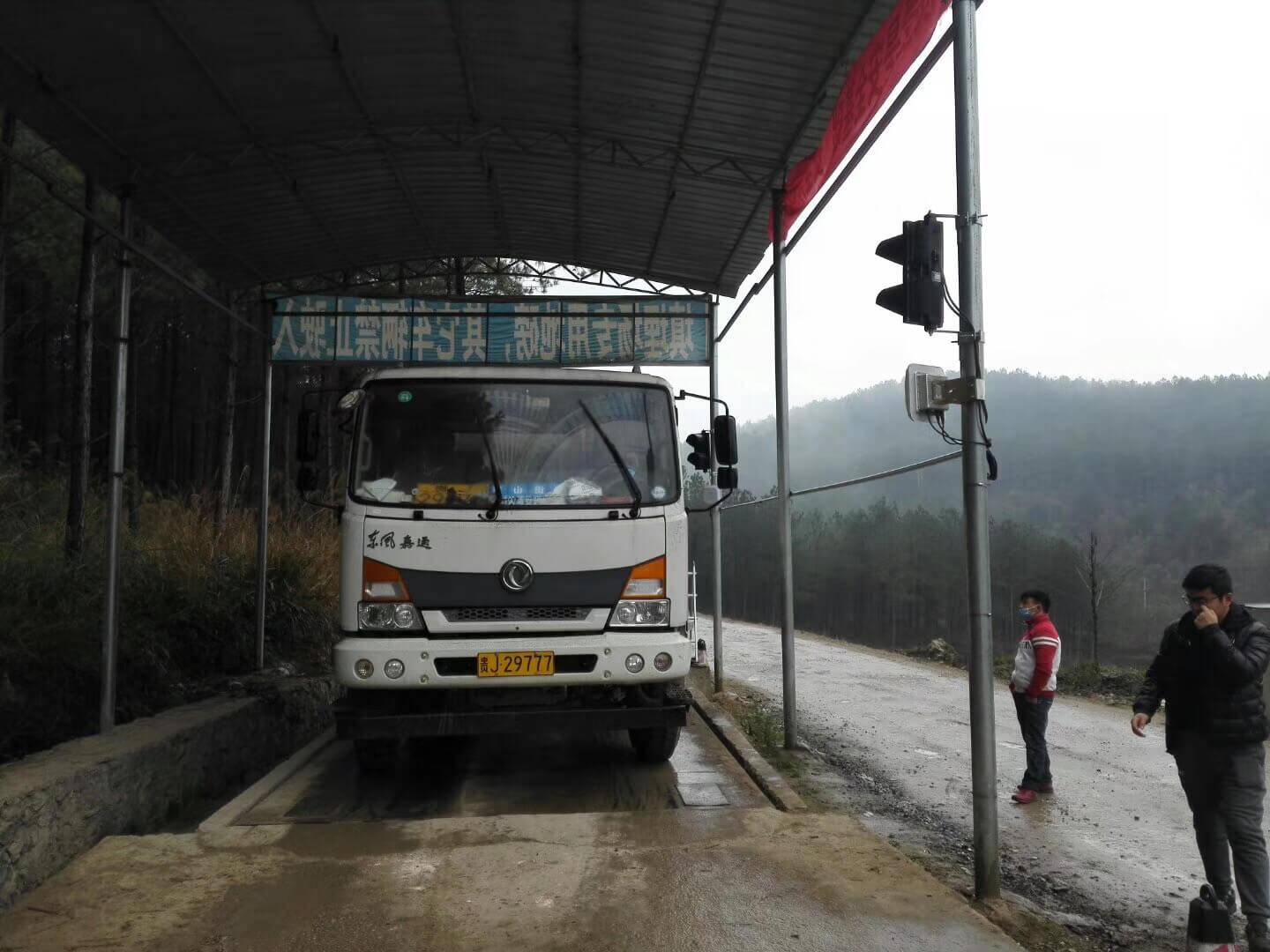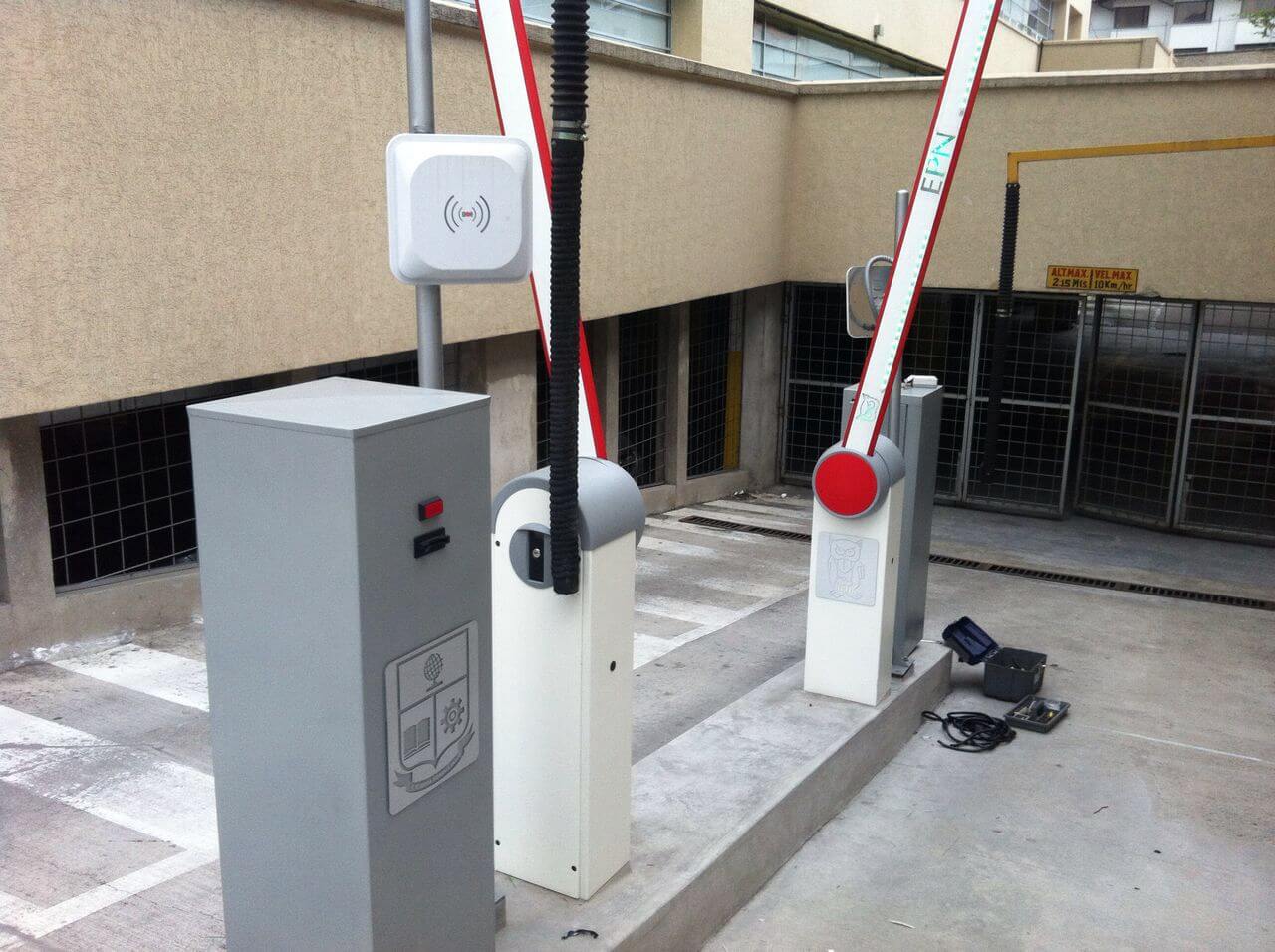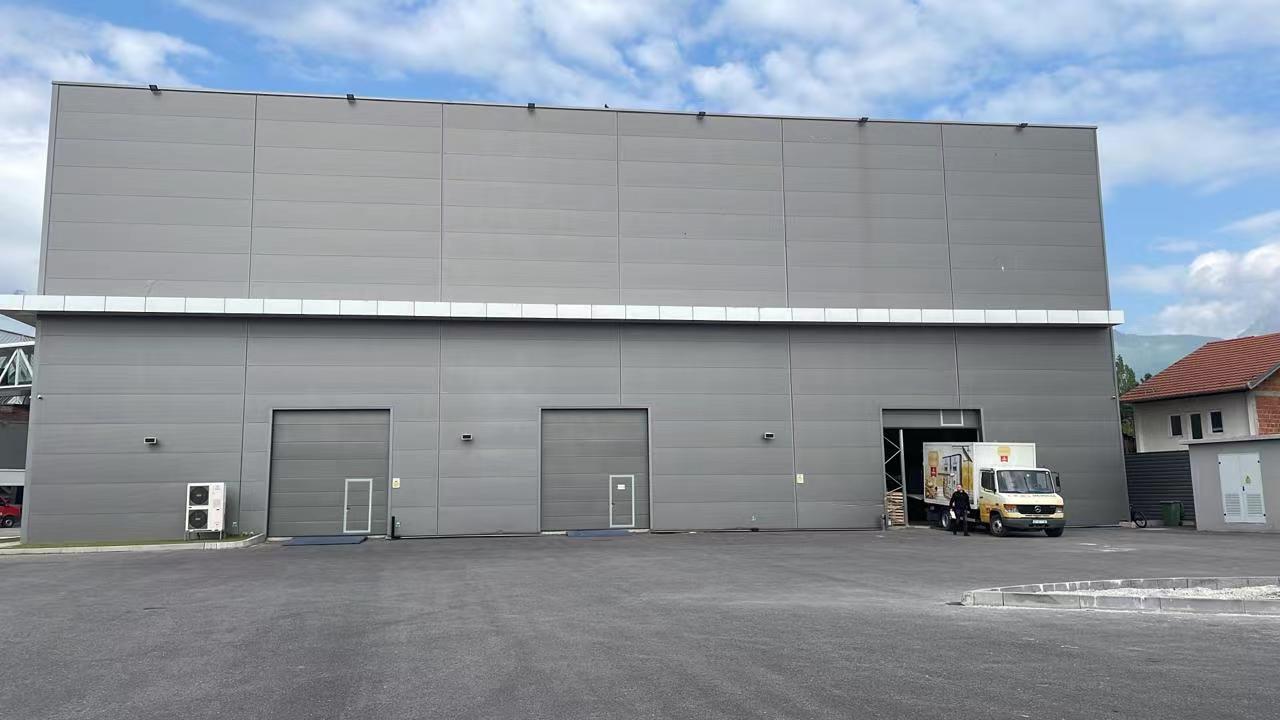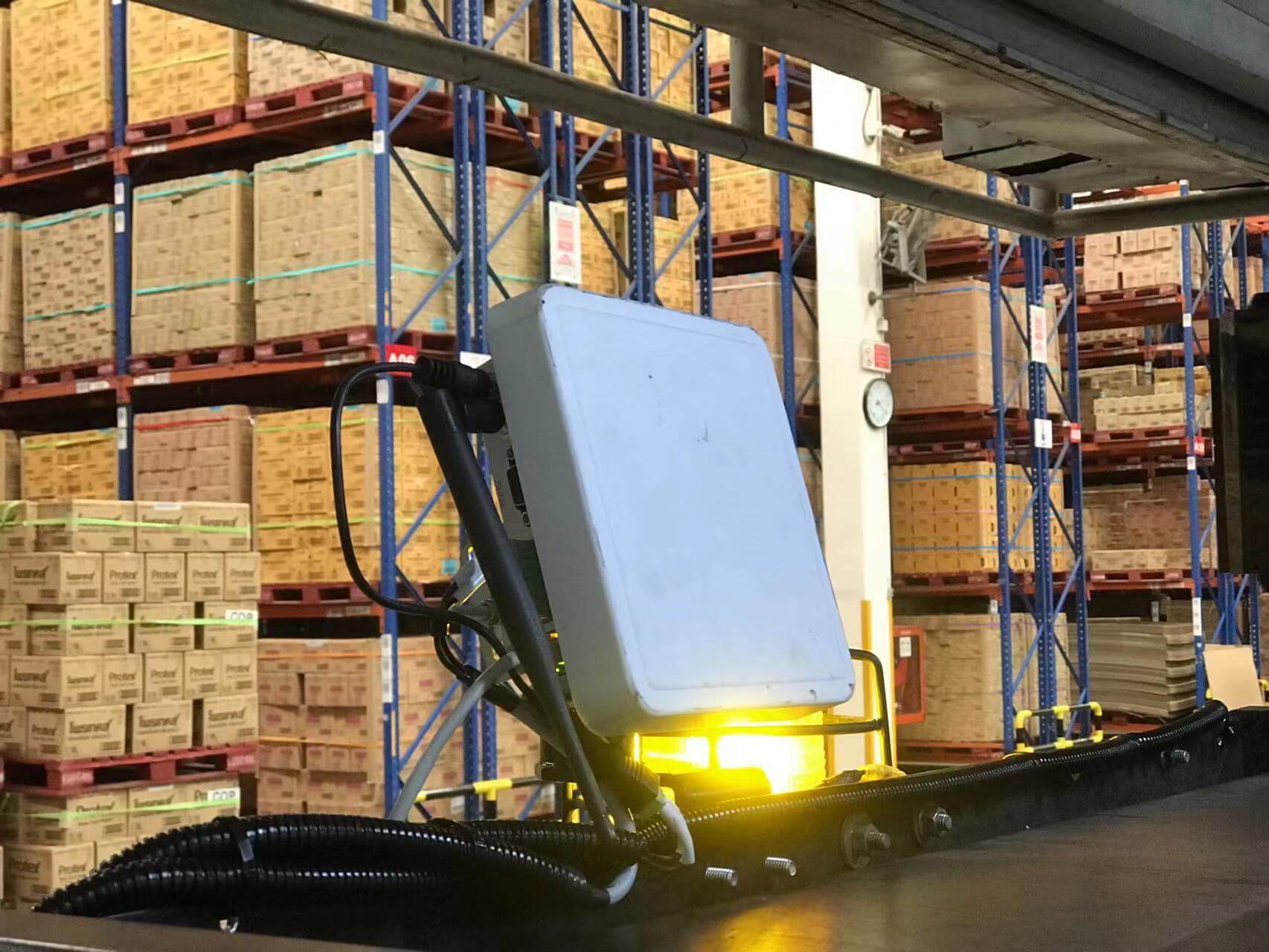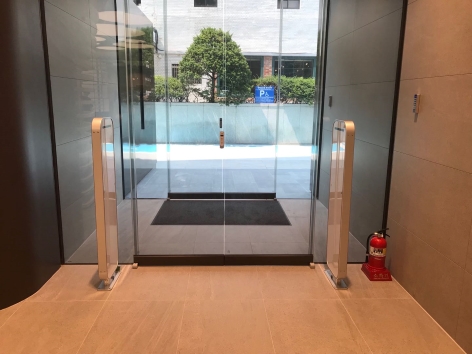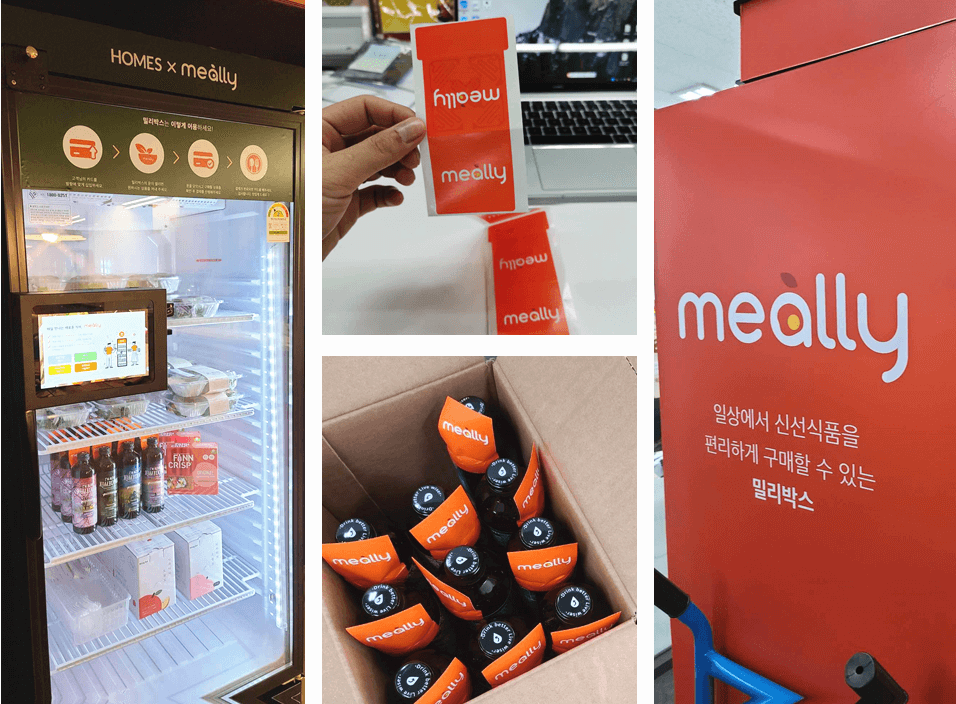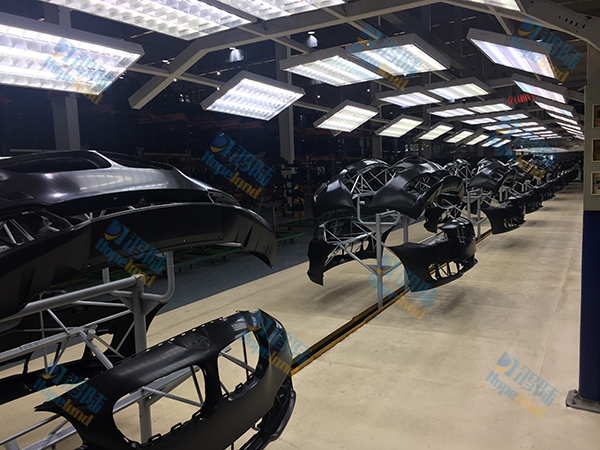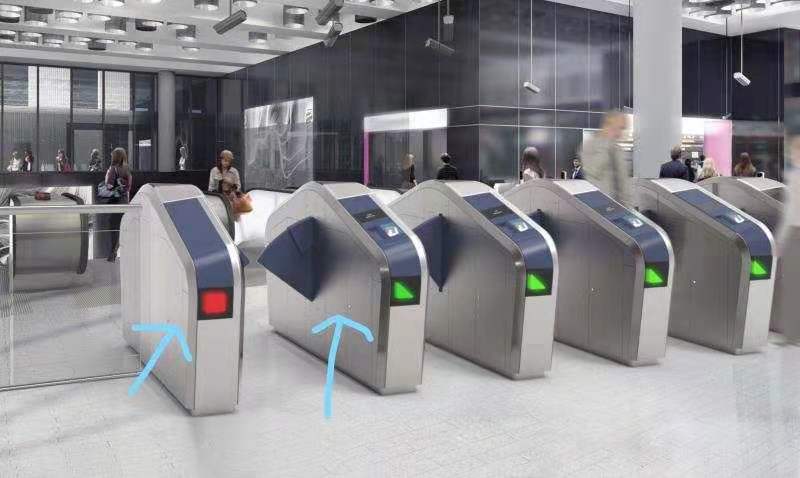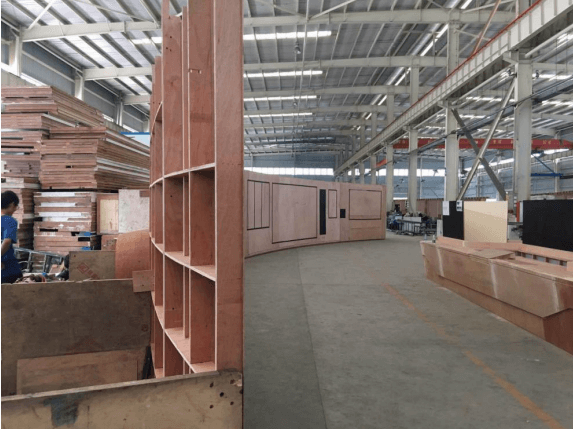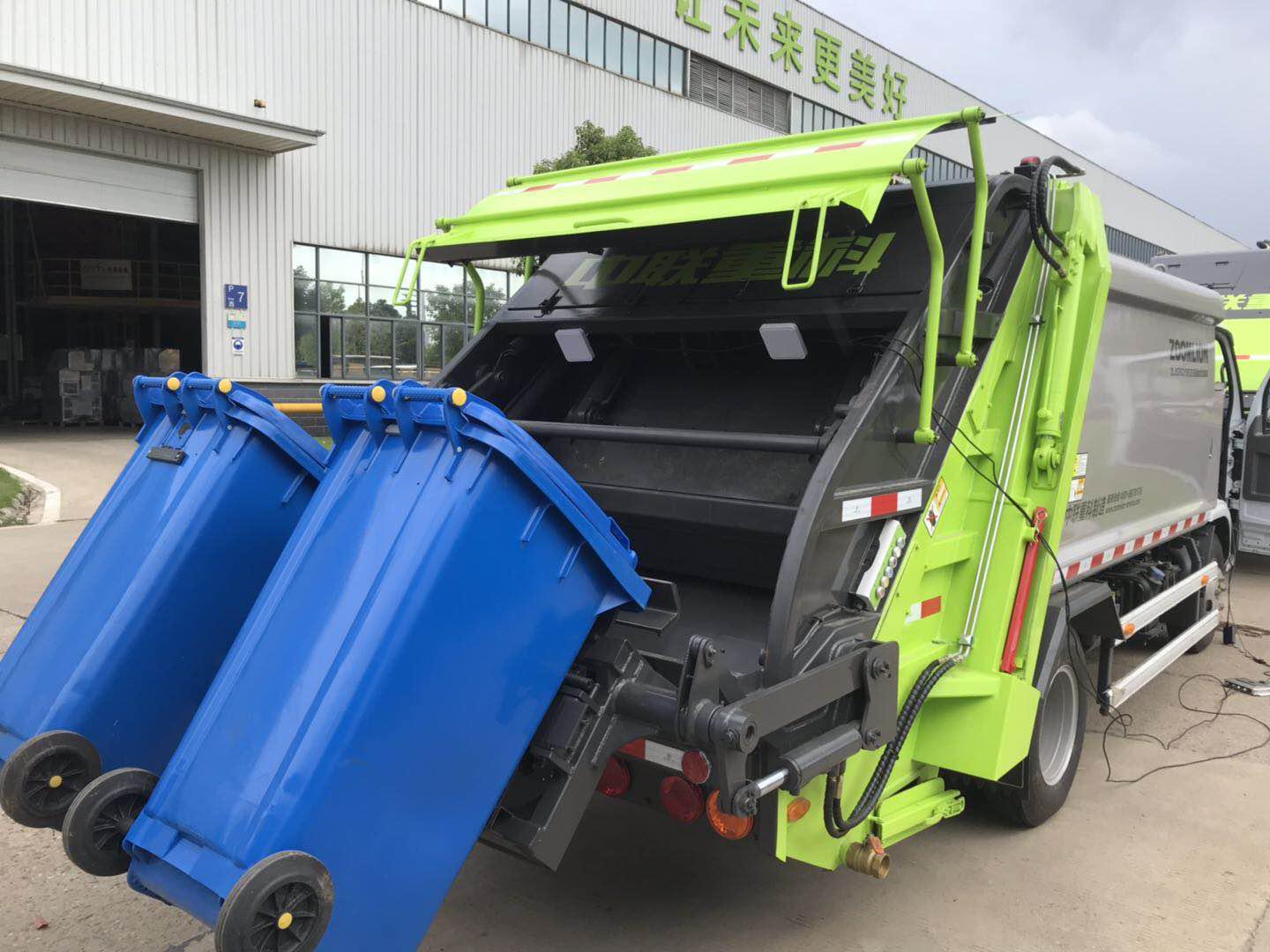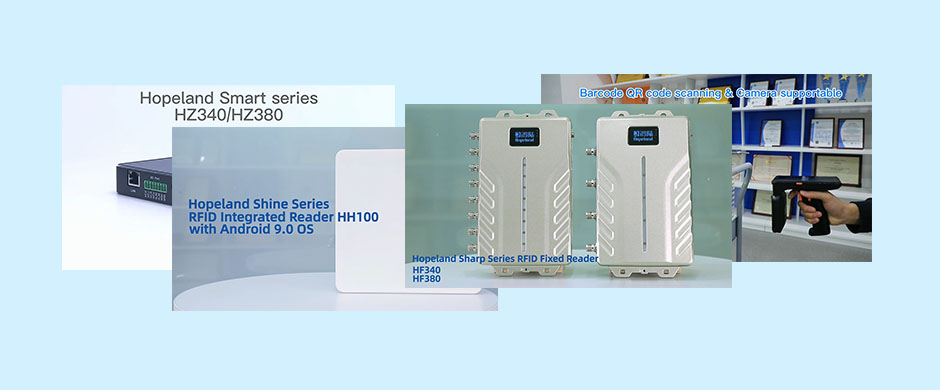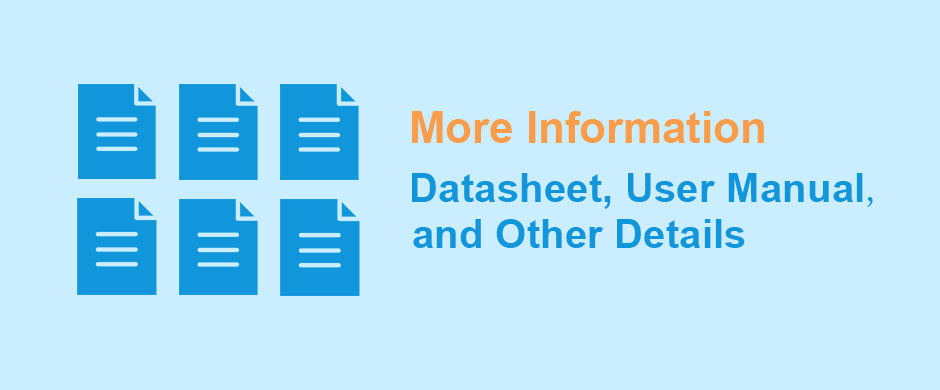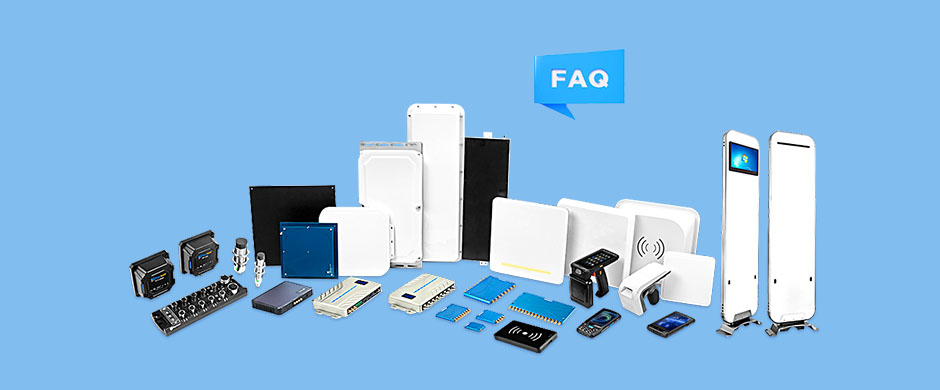Overview
In terms of tool management application technology, traditional automatic identification technologies such as one-dimensional bar code/two-dimensional bar code have also been widely used in the management of item classification and labeling. However, the barcode technology itself relies on the visible light scanning reflection, the recognition rate is low, the barcode is easily damaged and stained, and the amount of stored information is small. Generally, it only identifies a certain type of product, which affects its wide application in logistics management.
Compared with barcode technology, RFID radio frequency identification technology is a typical representative of non-contact long-distance automatic identification technology. RFID technology has high recognition accuracy, reliable performance, large amount of stored information, and oil and sewage resistance, especially suitable for automatic identification requirements in harsh working environments. The use of RFID tags to replace barcodes and other identified goods can effectively complete the automatic management of assets, and realize the automatic collection, automatic processing and report output of asset information.
Purpose
- Timely and reliable location of assets;
- Non-contact automatic identification of power attribute information;
- Reduce inventory costs of power assets, increase inventory utilization and audit frequency;
- Adopt automatic/semi-automatic identification method to improve the accuracy and operation efficiency of inventory;
- Real-time network sharing and management of power asset data, and report output as needed;
- Establish a unified power asset information platform to improve the level of asset supervision.
Solution
In a mature RFID application system, the main hardware devices include: UHF electronic tags, UHF fixed readers, desktop readers, electronic label printers (which can print barcodes), application servers, WEB servers, database servers, etc. Taking a single warehouse as a unit, the warehouse access management can be managed by a fixed reader, the inventory and positioning of warehouse assets can be managed by a desktop reader, and the issuance of electronic labels can be completed by electronic label printers.
Under normal circumstances, the fixed reader is installed in the identification area of the warehouse gate. When the asset with the electronic tag passes through the gate, the reader reads the information of the electronic tag and uploads the data to the background database system. After the information of the tag is processed, the information of assets entering and leaving the warehouse is recorded to achieve the management of power assets.
In the daily warehouse management such as warehouse inventory, such as the warehousing process, the desktop reader can write the device number to the electronic label according to the coding rules of the device, and at the same time print the same one-dimensional or two-dimensional barcode on the surface of the label, and then use the handheld terminal. Perform quick scan and inventory, and interact with the data of the database system to complete the automatic/semi-automatic operation of inventory.
Advantages
1、 极大的消除安全隐患
The tools and tools are automatically registered when entering and leaving the warehouse in batches, and real-time sound and light prompts the user whether the tools and tools used have “expired test”, “exceeded service life”, “scrapped” and so on. Avoid illegal use of substandard tools. At the same time, it matches the content of the PMS work order, and compares whether it is missed or wrongly taken, and whether there are tools left on the site, which greatly eliminates potential safety hazards.
2、 工具状态准确查询
Tool status, usage records, test records, inspection records, etc. can be queried in real time, so that the entire life cycle data of tools can be retrieved and viewed in real time. A tool that can be precise to a specific class. There will be no confusion in the same batch of the same type. At the same time, data analysis is performed on the number and time of taking the same tool, which can optimize resource allocation.
3、 运维记录自动生成
Through the process of personnel identification, record personnel identity and time information, and automatically generate operation and maintenance information combined with RFID identification records, which can realize personnel attendance, process traceability, improve the timeliness of work order processing, and upload the progress of work order processing in real time. According to the use of tools, reports are automatically generated to reduce the time for compilation of relevant archived data of tools.
Improve customer satisfaction
Improve customer satisfaction
Related Devices
-
HY820UHF RFID handheld terminalImpinj E710 Supportable,UHF 25M Read Range;Industrial IP65 Rugged,1.5M Drop Test,Suitable For Different Harsh EnvironmentRead More
-
HF3404 Ports Fixed ReaderAdopt Impinj R2000/E710 chip platform; Built-in Linux system; Super long reading distance up to 30meters and 600-900 times each second. Kinds of communication interfaces: RJ45, RS485, Wiegand, USB, Wireless Wi-Fi, Bluetooth, 4G, PoE optional.Support RSSI, antenna detection, online update.Read More
-
HL7205G9dBi Long Range UHF RFID AntennaIt has the characteristics of thin thickness, low standing wave and good circular polarization. This antenna is a general-purpose antenna, suitable for use in medium-distance indoor environments.Read More
Related Solution


